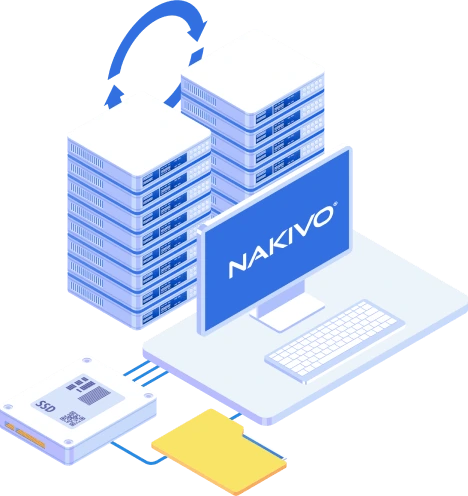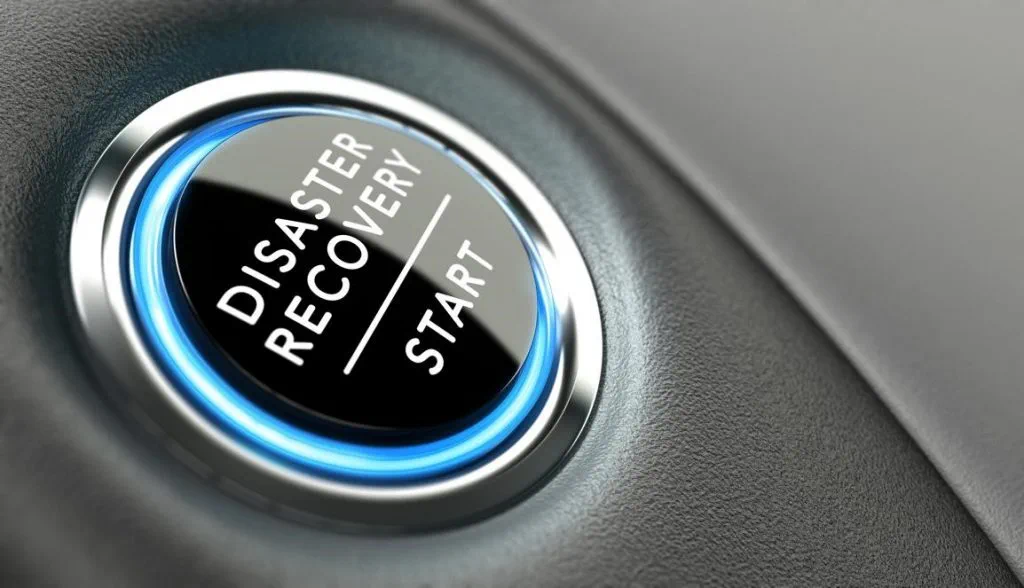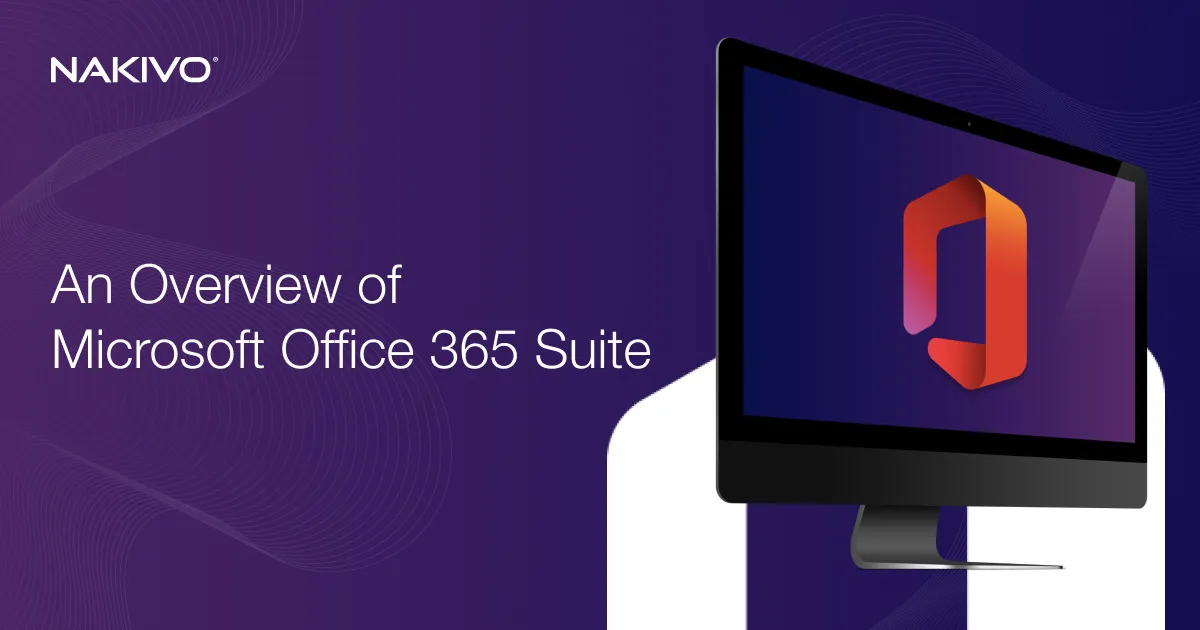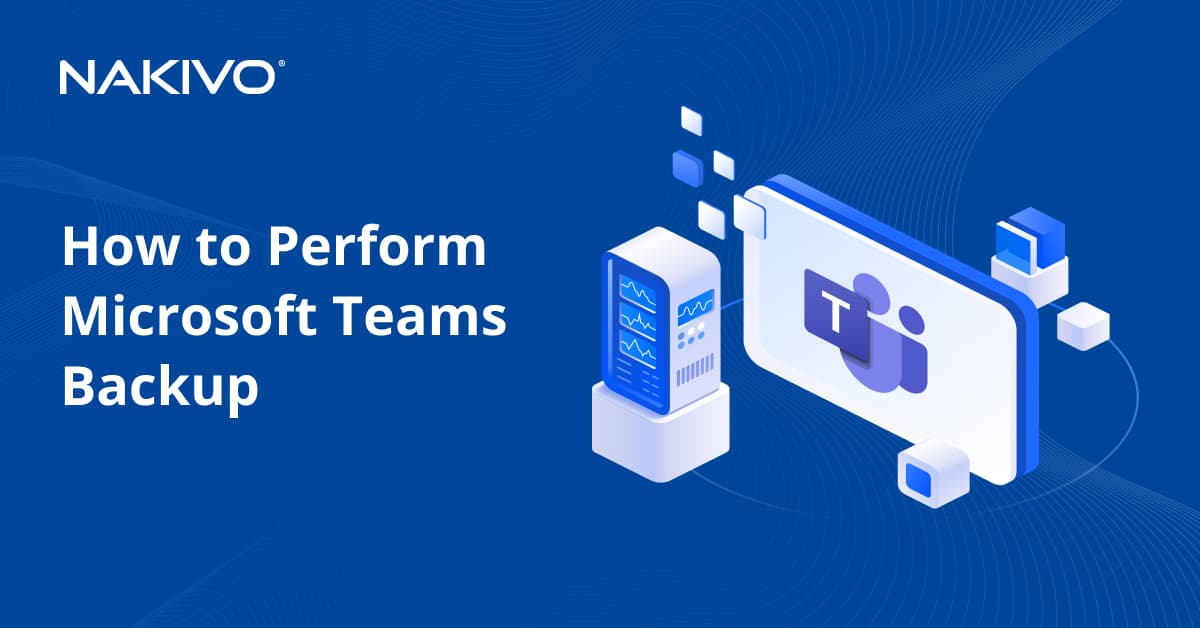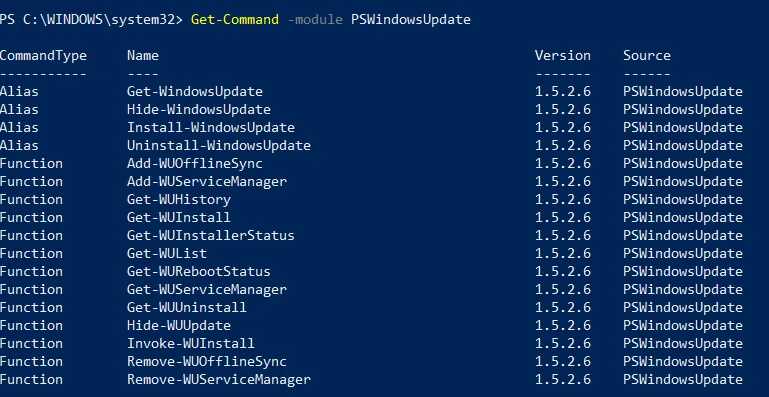Developing a Disaster Recovery Policy: A Step-By-Step Guide
Threats to business continuity come in a variety of forms and shapes. They range from minor incidents such as short-term power outages or unintentional data modification to severe disasters like equipment destruction or fire. To minimize data loss and restore normal business operations within the shortest possible time, you need an effective disaster recovery policy. The idea is to think ahead and prepare the necessary resources before an actual disaster strikes. Even though it is impossible to eliminate the risks entirely, an effective recovery strategy can help you get a disaster under control and reduce the loss of revenue.
What Is a Disaster Recovery Policy for?
The purpose of a disaster recovery policy is to define the company’s assets and an algorithm of activities required to protect them. The first step is to determine which processes and data are critical for your business. The term “assets” is quite a broad one and can refer to hardware and equipment, applications and databases, or even employees. More precisely, you are to define the scope of your disaster recovery policy, i.e. the information technology systems, software, databases, network resources, and other assets your company requires to maintain its operations.
You are probably familiar with the term “disaster recovery plan.” However, it shouldn’t be confused with a disaster recovery policy. Usually, one of the provisions of the latter is to develop a comprehensive DR plan that would cover as a wide range of scenarios as possible. An effective DR plan should address such threats as hardware and network failures, database corruption, hacking, and insider threats. A disaster recovery policy forms the basics for the DR plan. With that, a DR plan alone is insufficient to ensure continuity of business operations if an unpredicted event occurs. It should be aligned and synchronized with a business continuity plan: it includes not only recovery, but also resilience and contingency elements.
How to Decide on Structure?
Disaster recovery policy is a corporate document designed to be applied at all organizational levels. This document defines goals and objectives for disaster recovery activities, as well as outlines their budget. It serves as a framework for planning, developing, and implementing disaster recovery scenarios and procedures.
The document’s structure should be based on your business needs and the size of your infrastructure. A wise practice is to include a so-called policy statement. Usually, this is a short list of provisions approved by your corporate management. The statement is meant to convey the purpose of your disaster recovery policy and possibly provide some details about the DR plan. Again, the document is not supposed to include the DR plan itself, though it is appropriate to specify where the plan can be found.
Additionally, you should consider devoting one section to the objectives of your policy. Overall, the key objective is to develop, test, and document a clear and concise plan that would help you recover from an unpredictable occurrence as fast and effectively as possible.
Usually, one of the basic sections of a standard disaster recovery policy template is devoted to the DR personnel. It is important to assign roles within the DR team and ensure that all members fully understand their duties. Specify responsibilities of the DR team members, provide their contact details, and make sure that the information remains relevant.
If you are not sure about the structure and format of the document, simply download a disaster recovery policy sample. Look through a couple of examples to pick up the best practices and then prepare a draft. Try to make the document well-structured and easily understood. Also, consider updating the disaster recovery policy in the event of an actual disaster to further optimize recovery processes.
Where to Begin?
When preparing a disaster recovery policy, remember that it is supposed to work in conjunction with a business continuity plan. The ultimate purpose of both documents is to limit the extent of a disruption, minimize downtime, and find alternative means of operation in advance. Here are several things to do at an early stage:
- Conduct an inventory. You need to understand which particular hardware, software, and data is critically important for your business operations. Start with server rooms and data centers and move on to endpoints, such as workstations and peripheral devices. After that, proceed to VMs, applications, and software. Pay special attention to server software, hypervisors, and configurations required to start over if a disaster occurs.
- Create a full backup. Once you finish the inventory, perform a full backup of your data. Make sure to develop an adequate backup rotation scheme in case you don’t have one yet.
- Prioritize restoration. It is important to tie data to specific machines where it is stored. This allows you to identify the most critical infrastructure elements and rank them by importance.
- Calculate downtime costs. Each hour of downtime results in productivity and revenue losses, not to mention potential damage to your company’s reputation. If you properly calculate the cost of a potential failure, it can help you decide on the amount of investment in preventative measures.
- Provide regular updates. Your disaster recovery policy should remain a living document: update it every time your company’s personnel or infrastructure changes. Beyond that, be sure to conduct regular tests to see whether your approach is effective in different circumstances.
Final Thoughts
It is impossible to overestimate the importance of thorough policy development for disaster recovery and business continuity. To prepare for a disaster, you should know how to restore your infrastructure elements, how long it might take, and who is responsible for each task. NAKIVO Backup & Replication could become a great helper in implementing your disaster recovery policy. Our advanced functionality allows you to easily manage DR activities across multiple sites. Armed with the Site Recovery feature, you can minimize downtime and ensure business continuity. With our solution, you can test and update your existing strategy, and rest assured that you’ll be able to avoid unforeseen difficulties in case of an emergency.

